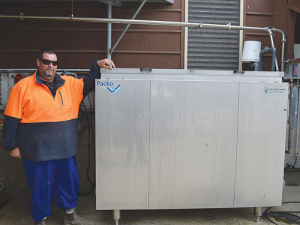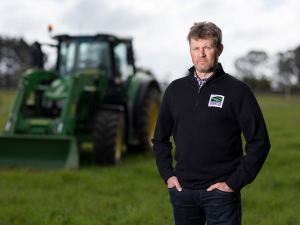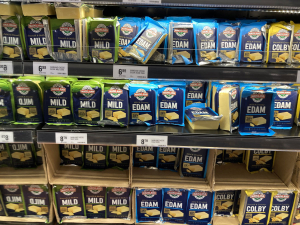Because milk was collected from the Waharoa farm in the night, the milk temperature had dropped by the time the Fonterra tanker turned up.
Willan says it was obvious the two-plate cooler and vat chiller unit system on the farm wasn’t doing its job.
“It was pretty scary; also, around that time farmers were being told about the new milk cooling regulations the Ministry of Primary Industries was introducing ,” he told Dairy News.
“We had a chat with the farm owner about upgrading the milk cooling system.”
Willan contacted Waikato farm refrigeration specialist Centigrade, and project manager Paul Donderwinkel assessed the farm’s milk cooling needs.
With 400 cows producing 139,000kgMS, it was decided the Packo ice bank from Dairy Cooling Solutions was the best option.
In April last year Centigrade upgraded the cooling system, installing a Packo ice bank and double bank plate heat exchanger resulting in milk entering the vat at a constant 5˚C.
Willan says he can now sleep easy.
“With 40 cows at a time romping through the herringbone milking shed the old plate coolers and vat refrigeration simply couldn’t cope,” he says.
“We had no option but to change.”
Willian says the Packo ice bank is performing very well.
Donderwinkel says Centigrade presents farmers different options for milk cooling after assessing each farm.
“There is no one-size-fits-all in milk cooling systems on the farm,” he says.
He says the Packo ice bank is popular with farmers because it is environmentally friendly, easily serviced and comes with full back-up service from Centigrade.
Advice
Centigrade project manager Paul Donderwinkel says farmers should keep in mind the existing infrastructure onfarm when upgrading their milk cooling systems.
Some farms have old and underground pipe systems that may not cope with new milk cooling technology.
















